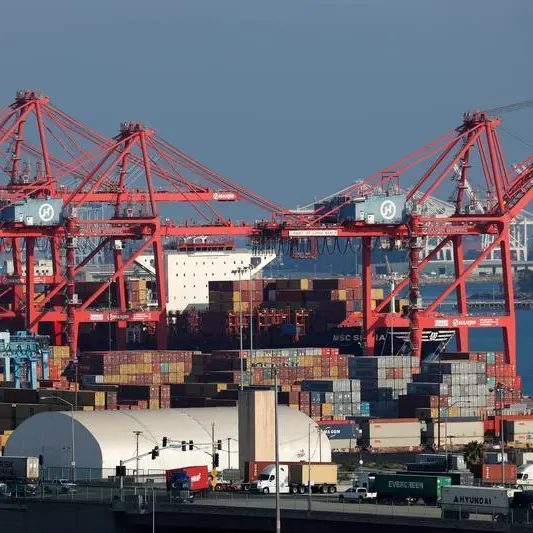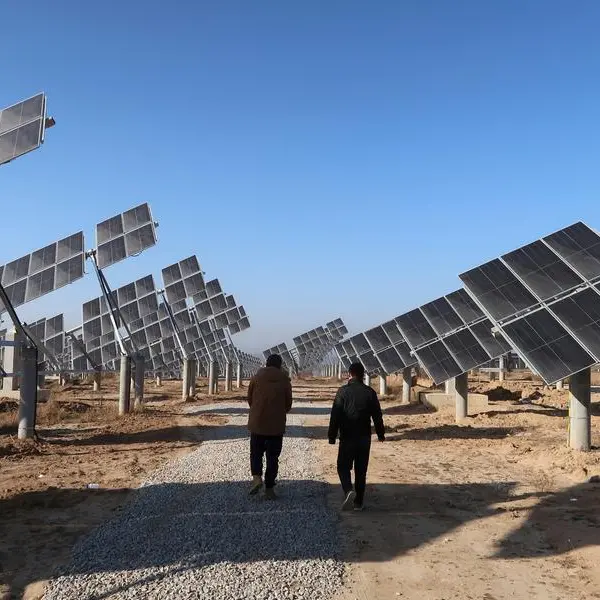Game theory analyses situations in which different parties make interdependent decisions. This interdependence causes each player to try and work out what actions other players will take.
The result is sometimes a zero-sum game – where one party wins, one loses.
As creditors at Silicon Valley Bank (SVB) tried to work out what others were going to do just moments before the inevitable bank run, being on the wrong end of the zero-sum game is what they were trying to avoid.
But let’s take a step back…
The US Federal Reserve’s fiscal tightening in the order of 450 bps (basis points) in a single year should have been a major boon for commercial banks. After all, rate hikes mean that banks can charge higher interest.
For what has become the second-largest bank collapse in US history, this was not the case for SVB.
Before this latest period of rate increases, deposits were pouring into SVB too fast to be able to lend responsibly. They had to place residual deposit balances in assets guaranteed by the government – treasuries and mortgage-backed securities – in place of their typical loans. They chose fairly long durations for these, often 10+ year bonds.
The general rule of thumb with fixed-income assets, is that as interest rates rise, fixed-income prices fall. The problem with long duration is that for every 1% base interest rate rise, the price of a 10-year bond decreases by 10%. On the face of it, the Fed’s 4.5% rate hike over 12 months doesn’t sound too extreme. But the crucial point to remember is that banks like SVB are leveraged. And as SVB found it increasingly difficult to sell their ever-decreasing assets, questions arose as to their financial security. Questions that ultimately spelled the end for SVB.
This is where game theory kicks in. No one wants to be the last creditor at a bank.
Just as how you wouldn’t stick around to ask questions if someone yelled ‘shark’ at the beach, an increasing number of SVB customers demanded the return of their money as it became increasingly apparent that SVB wasn’t able to cover withdrawal requests. Over $40 billion (one-fifth of SVB’s deposits) was withdrawn in just a few hours.
Spreading fear
This bank run was vastly accelerated by social media, which now adds another major risk area for both financial institutions and regulators. With the pace at which this happened, many are referring to SVB’s downfall as a ‘bank sprint’.
The speed at which fear spread has also forced the entire global banking system to move at an unprecedented pace: US authorities guaranteed all deposits in SVB, and similarly, the Swiss central bank stepped in with a $54bn loan just hours after Credit Suisse’s share price nose-dived on contagion fears on Wednesday.
Knowing this seemingly unconditional support, banks could use deposits to essentially create unlimited money, secure in the knowledge the government will catch them if they fall. To avoid the burden falling to taxpayers in the future, serious changes are needed.
Bolstering existing regulations will be where policymakers start. As an example, the Fed could extend liquidity rules for big banks to select midsized banks, making them better prepared for any sudden deposit outflows.
But this wouldn’t address the underlying problem.
If there is a critical mass of depositors trying to access their money at the same time, no amount of capital or liquidity will prevent failure – selling assets at the pace required would result in fatal losses. And if there is any sign of contagion within the entire system, officials will intervene and put taxpayer money at risk.
Explore changes
There are solutions, but they may require a systemic rethink.
By eliminating, or at least minimizing, the risk of widespread bank runs, regulators could allow banks to fail with limited collateral damage. They can’t be expected to eliminate the risk of failures entirely, but they need to explore changes — including uncomfortable, radical ones — that would minimise any future governmental interventions. Insanity is doing the same thing time and again, expecting different results.
Given the prolific use of social media in today’s world, regulators, policymakers, and bankers also need to carefully examine the role that social media has played in this. An emphatic response is essential to limit social media’s flash-fire-inducing qualities.
For the markets more broadly, the immediate future is critical, as we have an array of economic data and the US Federal Reserve’s next interest rate decision.
The Fed should not be deterred from raising rates to curb inflation, but it needs to tread carefully. Though the banking system is better capitalised than in 2008, market confidence will be tested in the days ahead, and institutions similar to SVB will continue to come under pressure.
Is there a risk of another global banking crisis similar to 2008? Probably, and hopefully, not.
Do small or relatively new banks, especially ones with rapid growth patterns in the last 5 years, face a fate similar to SVB’s? This remains to be seen.





















